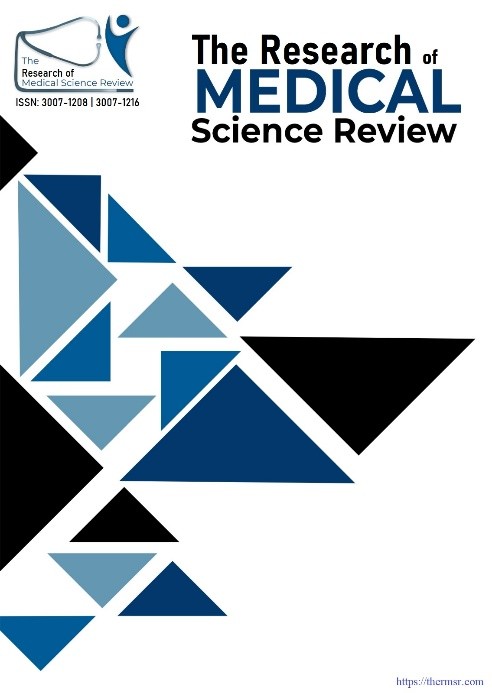MAPPING THE MATERNAL HEART: A PUBLIC HEALTH REVIEW OF CARDIAC SCREENING PROTOCOLS IN OBSTETRIC CARE
Main Article Content
Abstract
Background: The public health challenge of maternal heart disease may present differently in high income countries but it has the same potentially catastrophic consequences worldwide. As time went by and obstetrics improved cardiovascular conditions became more difficult to identify. It meant we did not screen enough. This review aims to assess current cardiac screening practices in obstetric care from a public health point of view, seek systemic gaps, and offer evidence-based strategies for better detection and prevention.
Methods: We conducted a systematic literature review from 2000 to 2025, using PubMed, Embase, Scopus, and Web of Science databases. Studies on protocols for cardiac screening, maternal cardiovascular risk and obstetric outcomes were included if they fitted the criteria. The data is synthesized in a narrative format, with emphasis on screening instruments, barriers to implementation in public health and outcomes from this.
Results: Twenty-seven studies met the inclusion criteria. Most protocols were based mainly on clinical history and symptoms; these are often nonspecific during pregnancy. Standard risk stratification tools such as the CARPREG II and ZAHARA scores are underutilized outside specialist centers. Biomarkers and imaging modalities are used intermittently. The main public health gaps were lack of screening integrated into routine prenatal visits, different access to cardiology care and poor continuity between obstetricians and internists.
Conclusion: Maternal cardiac screening remains fragmented and inconsistently implemented. Integrating risk-based cardiac screening into prenatal protocols, using validated tools for the right patients, and ensuring multidisciplinary collaboration out of doors are the three essentials to reduce maternal morbidity and mortality. Early cardiovascular risk identification in obstetrics is something which public health policy has got to attend to.
In many high-income countries, including the United States and the United Kingdom, chronic heart disease has replaced hemorrhage as the main cause of maternal mortality. From 2011 to 2020, approximately 26.5% of deaths related to pregnancy in the US were attributed to a heart condition. This figure arises as much from an increasingly aged maternal population as it does an ill-equipped health care system. Yet, despite these statistics, there is still not enough emphasis on cardiac screening when women visit for prenatal care.
Physiological changes due to pregnancy-such as increases in blood volume, cardiac output and vascular compliance-can hide or intensify pre-existing heart disease. In addition, social disparities, limited access to cardiology services, and information deficits among frontliners all contribute to the challenge. Therefore, from the public health angle, proactive screening strategies are urgently necessary in order to find people at risk before they decompensate.
This review takes a critical look at the obstetric care pathway's approach toward cardiac screening protocols, featuring evidence-based tools and protocols of interventional care, barriers to implementation and population strategies that may guide policy or practice
Downloads
Article Details
Section

This work is licensed under a Creative Commons Attribution-NonCommercial-NoDerivatives 4.0 International License.
